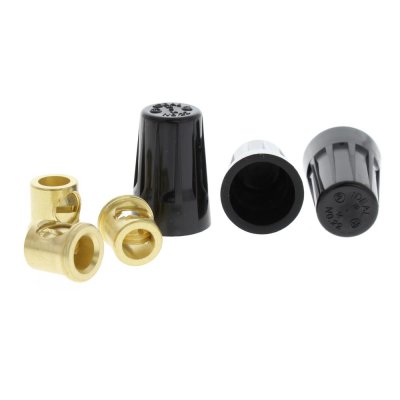sdowney717
Guru
- Joined
- Jan 26, 2016
- Messages
- 2,264
- Location
- United States
- Vessel Name
- Old Glory
- Vessel Make
- 1970 Egg Harbor 37 extended salon model
Anytime I have used a wire nut in the boat, I have first solder tinned the wire ends. I have about 4 in use. Other places, to join wires, I have used copper crimps, then heat-shrink them. I have also put marine grease inside wire nuts, and honestly those few wire nutted connections have been fine.
From my testing there have been no problems.
Maybe its the way everybody uses them, just screwing onto bare wires?
From my testing there have been no problems.
Maybe its the way everybody uses them, just screwing onto bare wires?



